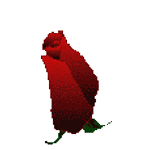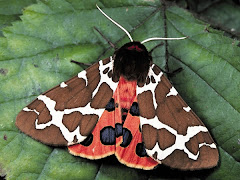
Wat zijn stapelmuurtjes?
Stapelmuren zijn drooggestapelde muren van
natuursteen zonder gebruik van cement of mortel.
Het kan zijn als steunmuur (zie foto hierboven)
of als vrijstaande muur (zie foto hieronder).
Het doel is bescherming tegen wind, sneeuw, lawines;
afbakening eigendom; tegenhouden dieren; vormen
van terrassen. Tevens vormt het een biotoop
voor zo'n 160 soorten dieren en planten.
Door de opkomst van prikkeldraad en door
ruilverkaveling is het ambacht van stapelmuurbouw
bijna uit Europa en ook uit Nederland verdwenen.
NED. TEKST HIER GEVONDEN
What is a Dry Stone Wall?
Dry stone is a building method by which structures
are constructed from stones without any mortar
to bind them together. Dry stone structures
are stable because of their unique construction method,
which is characterized by the presence of a
load-bearing facade of carefully-selected
interlocking stones. Dry-stone technology is best known
as retaining wall construction, but dry stone fences,
buildings, bridges, and other structures also exist.
A dry-stone wall, also known as a dry-stone dyke,
drystane dyke, dry-stone hedge, or rock fence is
a wall that is constructed from stones without
any mortar to bind them together.
As with other dry stone structures,
the wall is held up by the interlocking of the stones.
Such walls are used in building construction,
as field boundaries, and on steep slopes as
retaining walls for terracing.
Read More HERE and HERE
Stapelmuurtjes passen ook in elke tuin.
Ze zijn decoratief en raken al snel begroeid met
allerlei plantjes. je kunt je muurtje stapelen
van bijvoorbeeld kalksteen, graniet,leisteen en
zelfs van zandsteen. Kies voor je stapelmuurtje
kleinblijvende planten.
Bijzonder geschikt zijn rotsplanten
zoals gentiaan, wildemanskruid en het rozenkransje
(Antennaria dioica)
(ZIe de 2 foto’s hieronder)
Antennaria dioica (Mountain Everlasting, Catsfoot,
Cudweed or Stoloniferous Pussytoes) is
a flowering plant in the family Asteraceae.
It is found in cool temperate regions of Europe and Asia,
and also in North America in Alaska only.


Op de foto hierboven zie je
de prachtige Wildemanskruid!
Het wildemanskruid staat op de
Nederlandse Rode lijst van planten
en in het wild niet meer aanwezig.
On the picture above you see
the wonderful Pasque Flower,
Pulsatilla vulgaris (Pasque Flower,
Common Pasque flower, Dane's Blood)
belongs to the Buttercup family (Ranunculaceae),
native to western, central and southern Europe.


Click on Photo for source





































2 opmerkingen:
Loved the pictures of the stone walls. I've always been fascinated by them.
I have built many stone walls, but nothing like these! I don't have enough stones to go around. We are constantly digging up rocks and dragging them hither and thither. Love these walls.
Een reactie posten